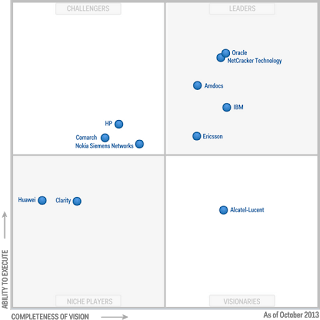Huawei and NSN have signed a cross-licensing agreement for OSS (Operations Systems Support), following up on the plan the two infrastructure giants announced last spring. Ericsson is also expected to cross license its OSS system with Huawei and NSN, according to a memorandum of understanding (MoU) signed by all three companies last May.
“The MoU set the general guiding principles of the initiative,” Huawei said in a statement. “Huawei and NSN [have now] reached an agreement on the technical details of configuration, performance, and fault northbound interfaces for Radio Access, Circuit Core and Packet Core.” As a next step Huawei and NSN plan to extend the scope of the bi-lateral license agreement to include more network nodes and interfaces.
OSS functions include planning and optimizing the network and fulfilling service orders, and are distinct from BSS (Busines Support Systems) functions, which include customer relations management, charging and billing. According to the analysts at Gartner, Huawei and NSN are both still “challengers” in the OSS space, with NSN ahead of Huawei in both completeness of vision and ability to execute. The leaders in the OSS space are Oracle, NetCracker, Amdocs, IBM and Ericsson.
Ericsson, Huawei and NSN are the “initiating companies” for the OSS Interoperability Initiative (OSSii). The initiative is open to other companies. OSS interoperability is expected to make network management less cumbersome for mobile network operators that combine equipment and software from multiple vendors.
Multi-vendor management is becoming increasingly important to operators and infrastructure suppliers are working hard to meet those needs. Today, Ericsson introduced a new platform that is part of its OSS portfolio which combines the management of the manages the radio network, the transport, the IP, the packet core and the core network, and is in many cases compatible with competitors’ equipment and software.
Follow me on Twitter.

